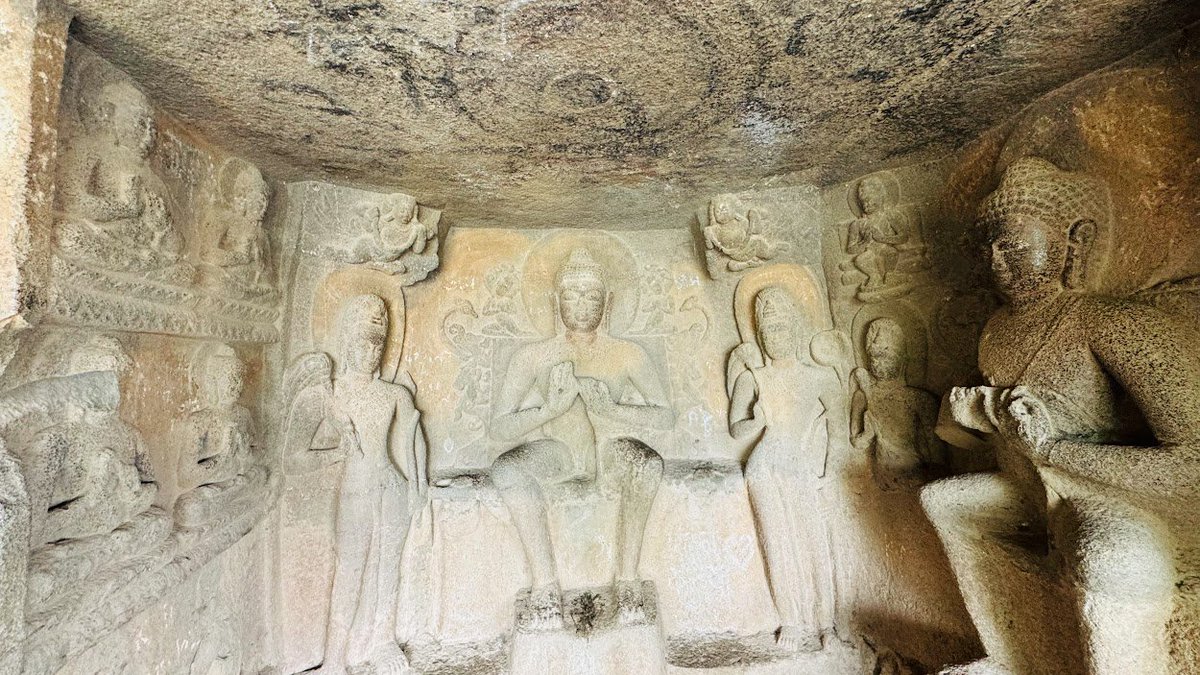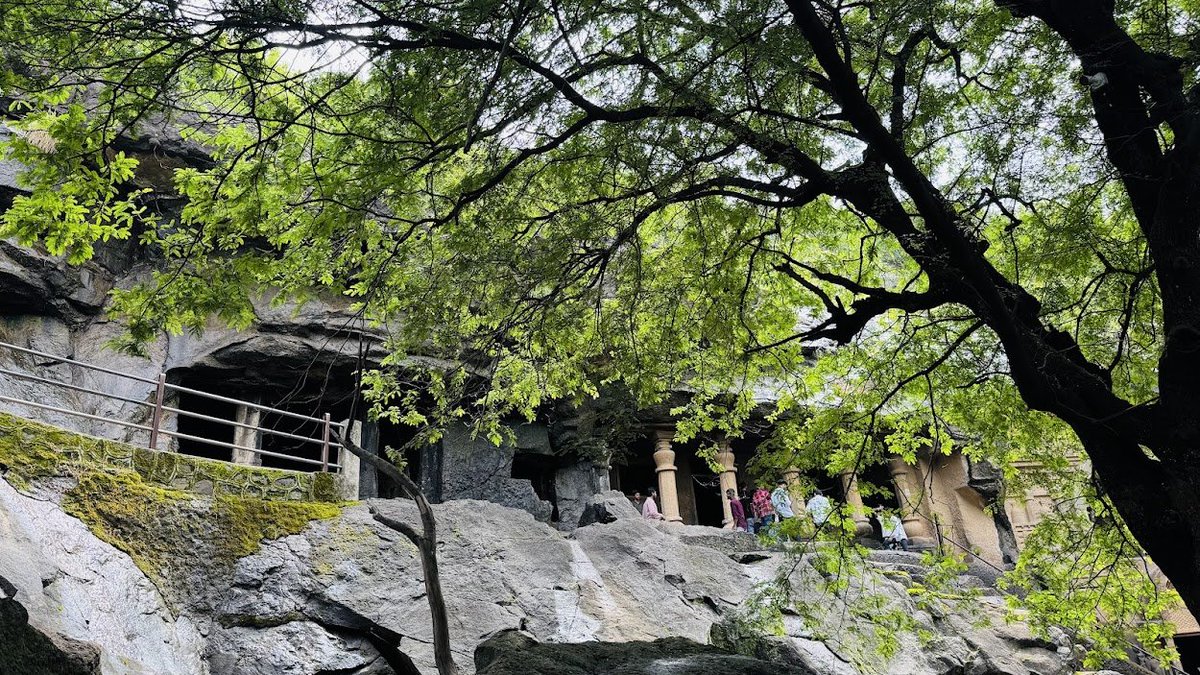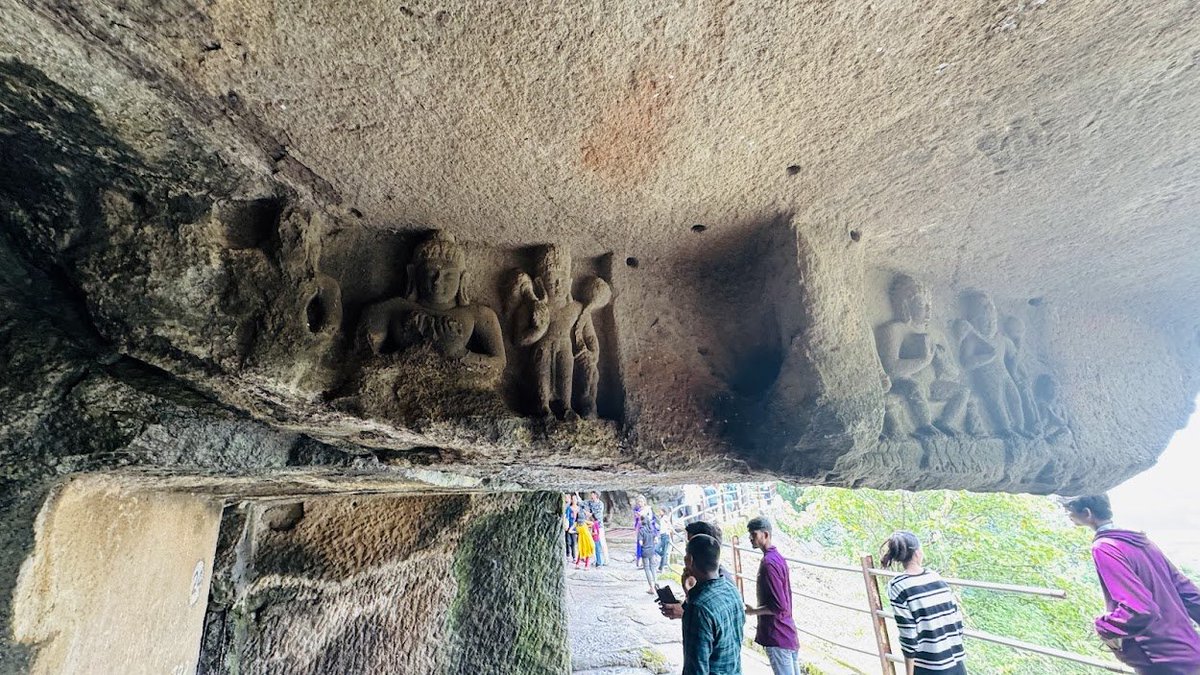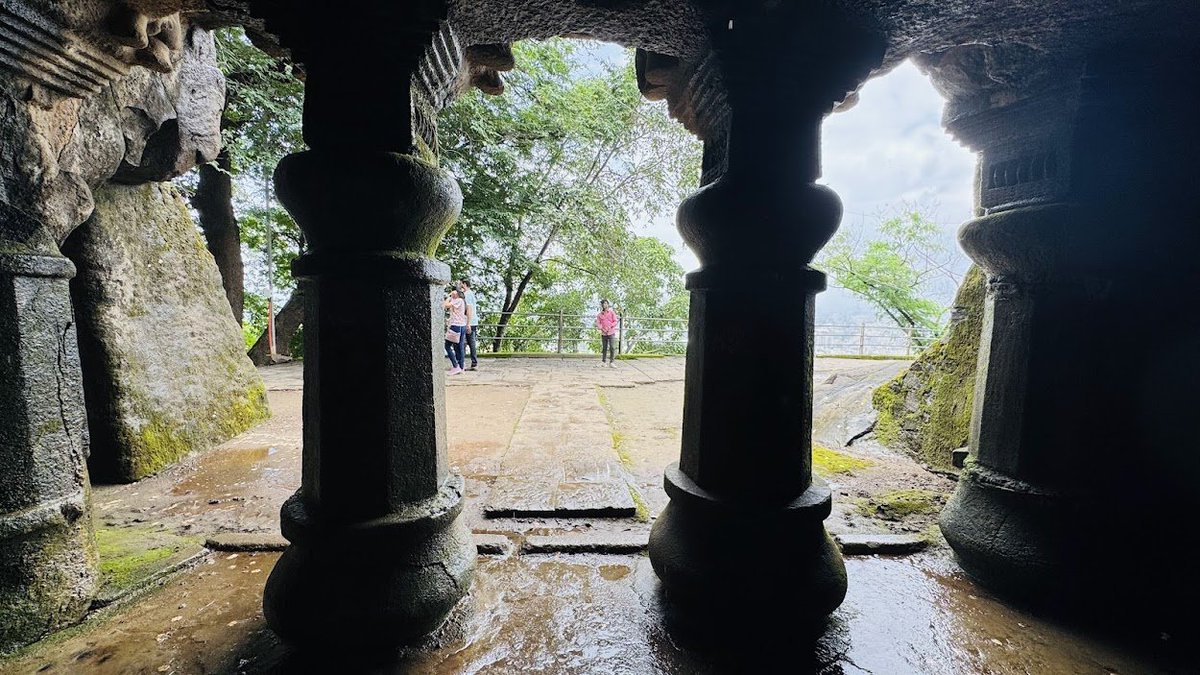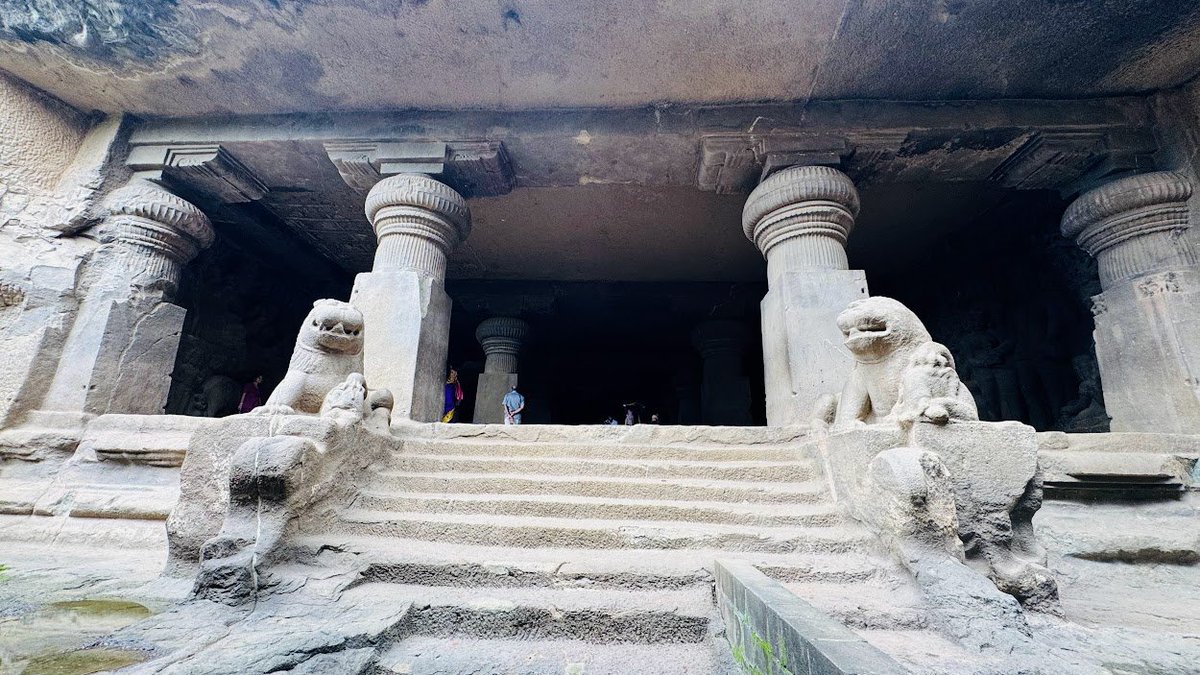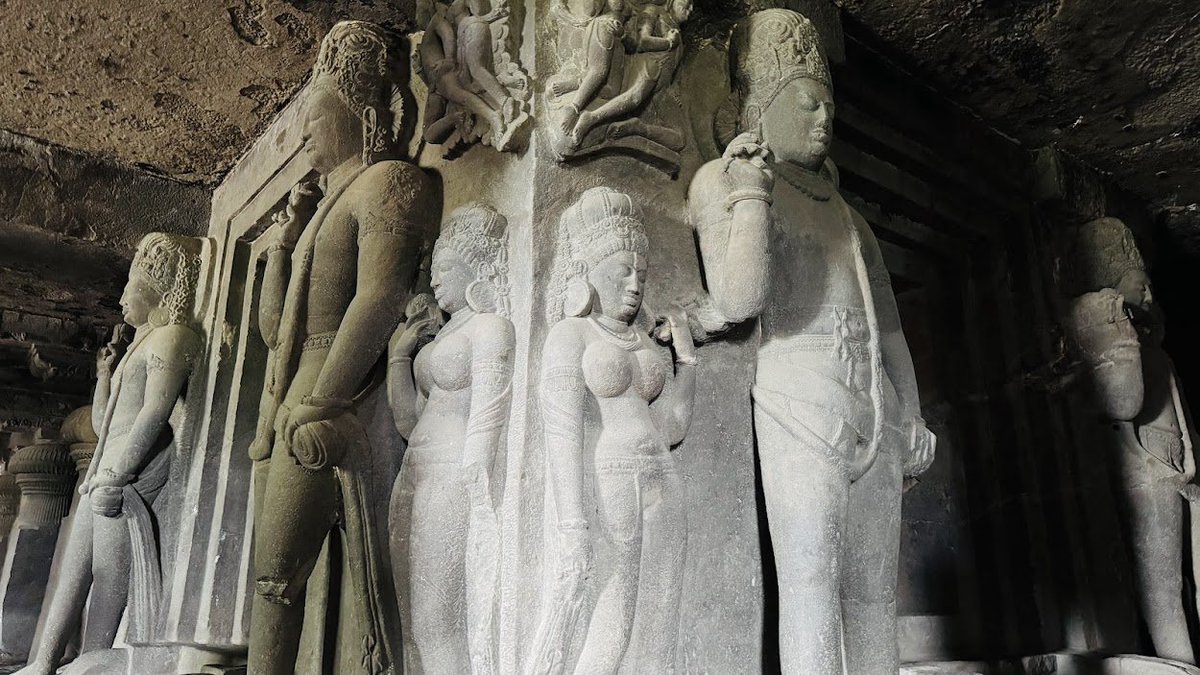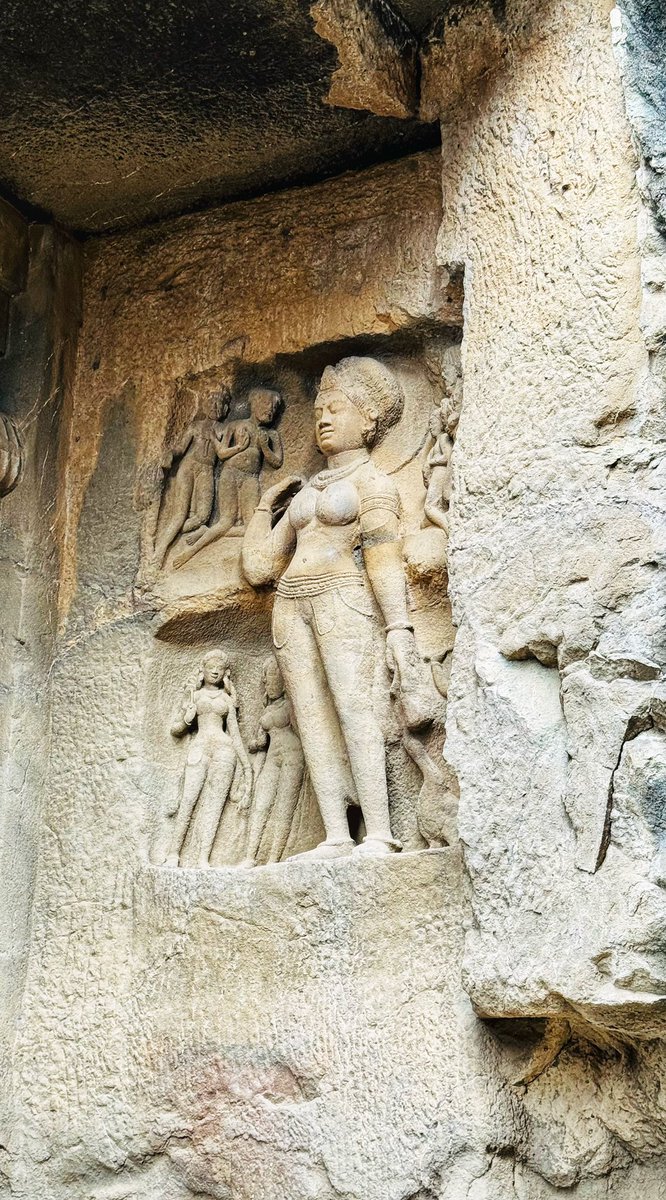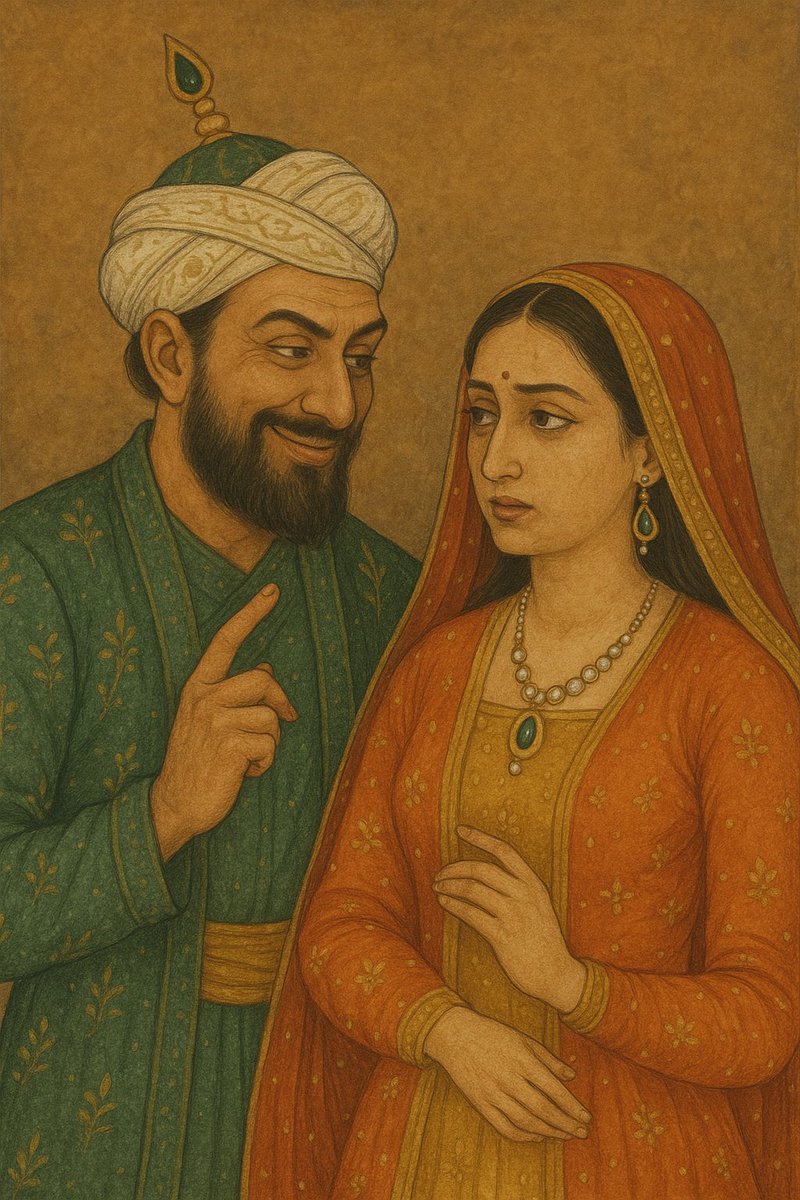33. #Bateshwar Group of temples #Morena (near #Gwalior)
Group of ~ 200 small temples made of sandstone built ~ 8th CE in #GujjarPratihar style of architecture.
These temples are dedicated to Shiv, Vishnu & Shakti.


Group of ~ 200 small temples made of sandstone built ~ 8th CE in #GujjarPratihar style of architecture.
These temples are dedicated to Shiv, Vishnu & Shakti.


The perfect example of the “#Mandapika shrine” - One step further from the single cave cell design concept.






They were in complete ruins when #ASI started working on this project in 2005.
Renovation of these temples was a pure labour of passion, hard work & dedication.




Renovation of these temples was a pure labour of passion, hard work & dedication.




In 2005, when @ASI started renovating these temples under the supervision of Sri K K Muhammed, It was equivalent to solving a giant jigsaw puzzle.
The location too was completely inaccessible due to the notorious Chambal Decoits.



The location too was completely inaccessible due to the notorious Chambal Decoits.



Sri K K Muhammed approached Nirbhay Singh Gujjar (head of the dacoits) & convinced him to give safe passage for the workers.
Gujjar was moved by his request and he with his men helped #ASI to renovate close to 60 temples.
Gujjar was moved by his request and he with his men helped #ASI to renovate close to 60 temples.
@MPTourism
@threadreaderapp unroll
• • •
Missing some Tweet in this thread? You can try to
force a refresh







